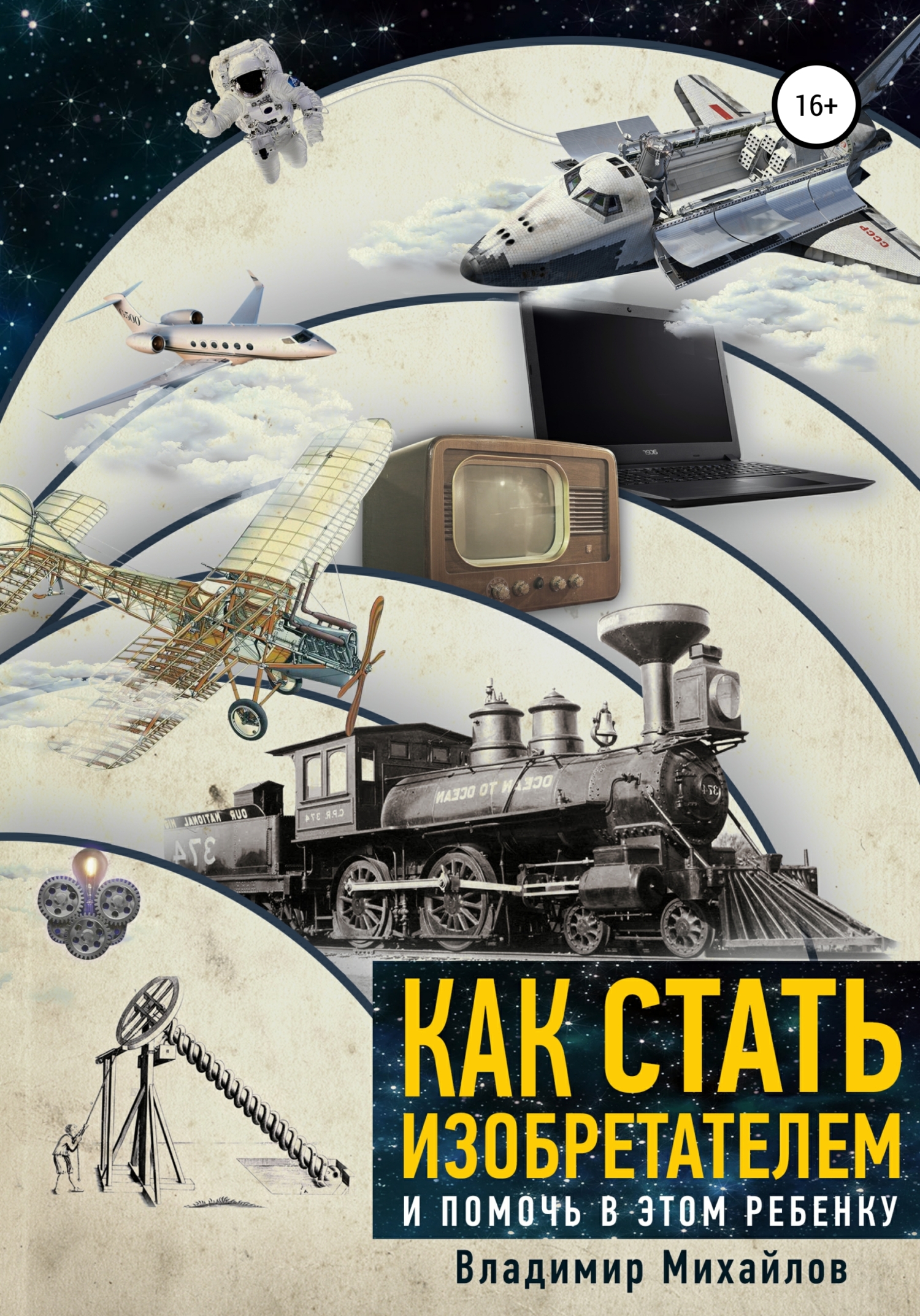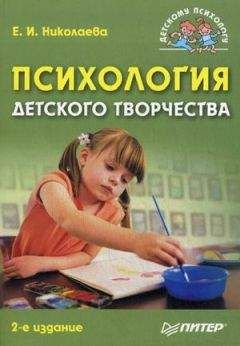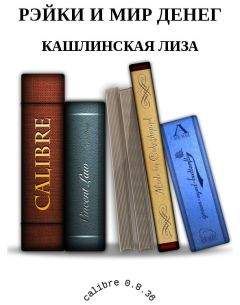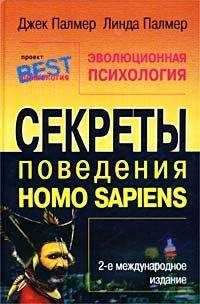“Sensory Overresponsivity”.
Jack P. Shonkoff & Deborah A. Phillips, eds., From Neurons to Neighborhoods: The Science of Early Childhood Development (Washington, DC: National Academy Press, 2000).
Там же, 3.
“Resilience”, Center on the Developing Child.
Theresa Hamlin, Autism and the Stress Effect: A 4-Step Lifestyle Approach to Transform Your Child’s Health, Happiness and Vitality (London: Jessica Kingsley Publishers, 2016), 32.
Hamlin, Autism and the Stress Effect, 32.
Martha R. Leary & Anne M. Donnellan, Autism: Sensory-Movement Differences and Diversity (Cambridge, WI: Cambridge Book Review Press, 2012), 9.
Leary & Donnellan, Autism, 9.
Ido Kedar, Ido in Autismland (самизд., 2012), 46.
Kedar, 47.
Samuel McNerney, “A Brief Guide to Embodied Cognition: Why You Are Not Your Brain”, Scientific American, November 4, 2011, https://blogs.scientificamerican.com/guest-blog/a-brief-guide-to-embodied-cognition-why-you-are-not-your-brain/.
Greenspan & Wieder, Engaging Autism, 91.
Porges, The Pocket Guide, 219.
Torres & Whyatt, Autism, 3.
Torres & Whyatt, 3.
Anne M. Donnellan, David A. Hill, & Martha R. Leary, “Rethinking Autism: Implications of Sensory and Movement Differences for Understanding and Support”, Frontiers in Integrative Neuroscience 6, no. 124 (2013): 124.
Torres & Whyatt, Autism, 18.
Torres & Whyatt, 18.
Torres & Whyatt, 27.
“Neurologic Music Therapy (NMT)”, The Academy of Neurologic Music Therapy, https://nmtacademy.co/home/clinic/. Также см. Michael H. Thaut, “A Music Therapy Treatment Model for Autistic Children”, Music Therapy Perspectives 1, no. 4 (1984): 7–13.
Lonnie K. Zeltzer & Christina Blackett Schlank, Conquering Your Child’s Chronic Pain (New York: HarperCollins, 2005).
Mona Delahooke, “Disorderism: How to Make Sure People See Your Child and Not a Diagnosis”, Mona’s Blog, 21/06/2015, https://www.monadelahooke.com/disorderism-how-to-make-sure-people-see-your-child-and-not-a-diagnosis/.
Kedar, Ido in Autismland.
Naoki Higashida, The Reason I Jump (New York: Random House, 2013, 21; перевод на рус. яз. см. Хигасида, Н. Почему я прыгаю. – Екатеринбург: Рама Паблишинг, 2014.)
Leary & Donnellan, Sensory-Movement Differences, 9.
Leary & Donnellan, 9.
“Adverse Childhood Experiences”, Center for the Application of Prevention Technologies, Substance Abuse and Mental Health Services Administration, https://www.samhsa.gov/capt/practicing-effective-prevention/prevention-behavioral-health/adverse-childhood-experiences.
“National Center for Trauma-Informed Care and Alternatives to Seclusion and Restraint (NCTIC)”, Substance Abuse and Mental Health Services Administration, https://www.samhsa.gov/nctic/about.
Nadine Burke Harris, The Deepest Well: Healing the Long-Term Effects of Childhood Adversity (New York: Houghton Mifflin Harcourt, 2018).
Harris, The Deepest Well, 59.
David Bornstein, “Treating the Lifelong Harm of Childhood Trauma”, New York Times, 30/01/2018, https://www.nytimes.com/2018/01/30/opinion/treating-the-lifelong-harm-of-childhood-trauma.html.
Sandra L. Bloom & Brian Farragher, Restoring Sanctuary: A New Operating System for Trauma-Informed Systems of Care (New York: Oxford University Press, 2013), 46.
“In Brief: The Impact of Early Adversity on Children’s Development”, Center on the Developing Child, Harvard University, https://developingchild.harvard.edu/resources/inbrief-the-impact-of-early-adversity-on-childrens-development/.
Porges, The Pocket Guide, 20.
Libby Nelson & Dara Lind, “The School to Prison Pipeline, Explained”, Justice Policy Institute, 24/02/2015, http://www.justicepolicy.org/news/8775.
Nelson & Lind, “The School to Prison Pipeline”. Также см. Bloom and Farragher, Restoring Sanctuary.
Bloom & Farragher, Restoring Sanctuary, 5.
Porges, The Pocket Guide, 20.
Perry & Szalavitz, Boy Raised as a Dog, 328.
Perry & Szalavitz, 311.
Bloom & Farragher, Restoring Sanctuary. Также см. “The Sanctuary Model®”, SanctuaryWeb.com, Sandra L. Bloom, http://www.sanctuaryweb.com/Home.aspx.
Perry & Szalavitz, Boy Raised as a Dog, 316.
Perry & Szalavitz, 313.
Porges & Dana, Clinical Applications of the Polyvagal Theory, 73.
Ross Greene, The Explosive Child (New York: HarperCollins, 1998; перевод на рус. яз. см. Грин, Р. Взрывной ребенок. – М.: Теревинф, 2009).
Ross Greene, The Explosive Child, 19 (перевод на рус. яз. см. Грин, Р. Взрывной ребенок. – М.: Теревинф, 2009).
Perry & Szalavitz, Boy Raised as a Dog, 329.
Elyssa Barbash, “Different Types of Trauma: Small ‘t’ Versus Large ‘T’”, Psychology Today, 13/03/2017, https://www.psychologytoday.com/us/blog/trauma-and-hope/201703/different-types-trauma-small-t-versus-large-t.
Perry and Szalavitz, Boy Raised as a Dog, 325.
Porges, The Pocket Guide, 204.
Hamlin, Autism and Stress Effect, 64.
“Research Partners”, The Center for Discovery, https://thecenterfordiscovery.org/research-partners/.
“The Research Institute for Brain and Body Health”, The Center for Discovery, https://thecenterfordiscovery.org/brain-health-research-institute/.
“NIMH Funding to Shift Away from DSM Categories”, American Psychological Association.
Там же.
Sonia J. Lupien et al., “The DSM-5/RDoC Debate on the Future of Mental Health Research: Implication for Studies on Human Stress and Presentation of the Signature Bank”, Stress 20, no. 1 (2017): 96.
Cozolino, Social Neuroscience of Education, xxi.
Cozolino, xxi.





